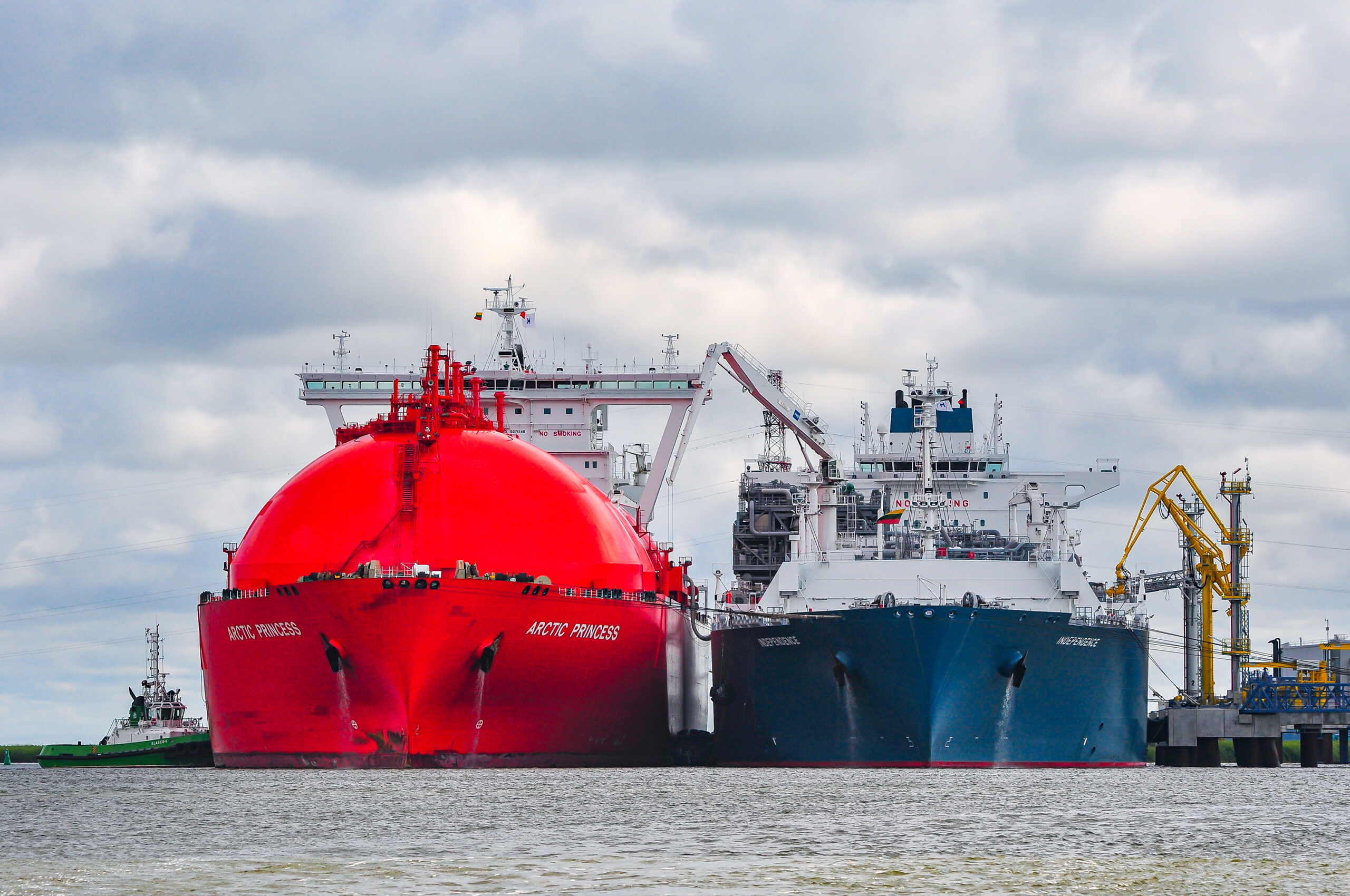Logistics IoT firm Loginno says it has a way to make the search for containers lost at sea easier
When ONE Apus, a giant containership hit a storm in late 2020 it lost about 1,200 containers. They were knocked loose and swept off the towering stacks on the vessel as it sailed across the Pacific Ocean. Other stacks of containers leant precariously over the side of the ship forcing the vessel to reroute.
Container losses at sea are a huge concern. Apart from the lost cargo, and insurance implications they can be a threat to other shipping as not all sink, and some will float with only the very topmost part on the surface, barley detectable by radar or a watchkeeper.
The World Shipping Council, a trade group whose member s include the largest container liner companies, estimates that an average of 1,282 containers are lost overboard each year. These figures will fluctuate, notably because while the number of incidents are lower, the numbers lost in single events can be higher, as incidents such as the El Faro, MOL Comfort, Rena and MSC Zoe have demonstrated
(The Dutch Safety Board issued a report after the MSC Zoe container loss)
When Maersk lost 500 containers from Svendborg Maersk in the notorious Bay of Biscay in 2014, French authorities made the company have the sea floor where the containers were lost, to look for the missing boxes.
WSC council wants it to be mandatory for ships that lose containers to report them, because with over 6,000 container ships at sea, the risks are ever present. The largest boxships can carry up to a nominal 23,000 twenty-foot containers, where the lightest, and most dangerous are carried above deck, as well as empty containers.
Using IOT and radar to solve part of the problem
Now one Israeli company, Loginno, has said its technology can be used to help find lost containers, whether sunken or not. Loginno has developed a discrete technology that can be added to a container to make traceable and easier to monitor. The box of sensors is connected through an IoT system to let shippers and container fleet managers follow the boxes remotely, check the conditions inside the boxes as well as an intrusions.
Because these systems have their own power source, Loginno co-founder Shachar Tal says it can then be used to send out a unique identifiable sonar signal to enable detection if they are swept overboard.
This says Tal is helpful for companies that want to send out search vessels to try and find sunken, or near sunken containers following an incident. However the system would not work on a radar which would require due to the frequencies not matching he says.
He estimates the batteries in the Loginno smart box would last for about a month, and the sonar signal be detectable down to a depth of about 96 meters.
Loginno is looking for ways to expand what shippers and liner companies can do with smart containers that have enabled. The company has also partnered with March, a US-based global insurance group, to look at the risk reduction implications of IoT enabled containers and logistics chain.

































